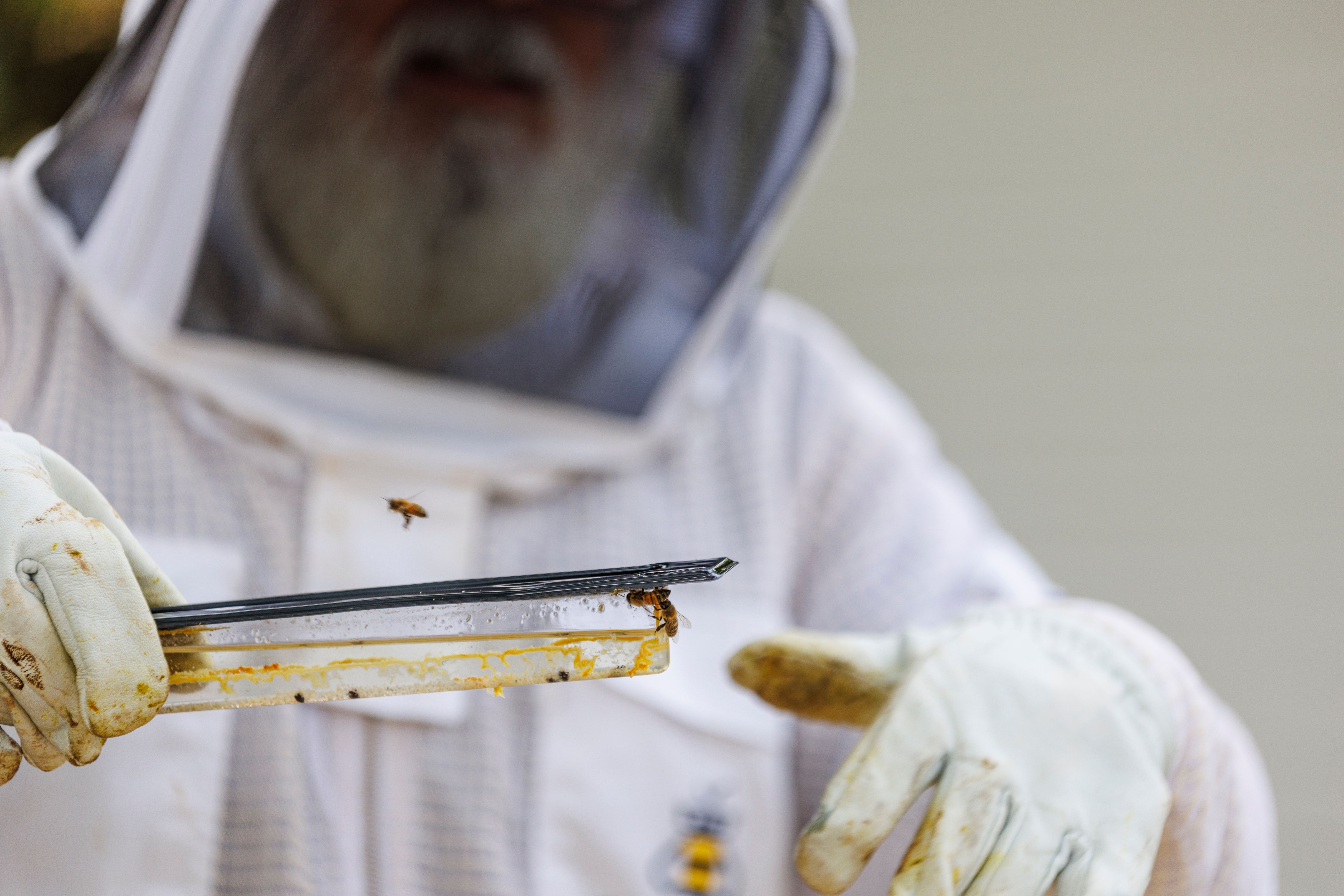Starting a Bees Farm in Tanzania: A Step-by-Step Guide
Understanding the Basics of Beekeeping
Starting a bee farm in Tanzania can be a rewarding venture, both financially and environmentally. However, before diving in, it's essential to understand the basics of beekeeping. Bees are critical pollinators and play a significant role in maintaining biodiversity. As a beekeeper, you’ll be responsible for their health and productivity.
Researching local regulations and climate conditions is crucial. Tanzania's diverse climate zones mean that the types of bees and the methods of beekeeping can vary significantly. Familiarizing yourself with the local flora and fauna that support bee populations will also help in planning your bee farm efficiently.

Acquiring the Necessary Equipment
To start a bee farm, you'll need to invest in some basic equipment. Essential items include bee hives, protective clothing, smokers, and hive tools. It's important to choose equipment that suits your budget and the scale of your operation. Local markets or online suppliers in Tanzania can provide these resources.
Consider starting with a small number of hives to manage your initial investment and gradually increase as you gain more experience. This approach allows you to learn and adapt without overwhelming yourself or your resources.

Choosing the Right Location
The location of your bee farm is critical to its success. Bees thrive in areas with abundant flowering plants, away from heavy human activity and pesticides. An ideal spot would be near a source of fresh water and away from strong winds.
When selecting a site, ensure that it is accessible for regular maintenance and honey harvesting. Proximity to local markets can also be advantageous for selling honey and other bee products.

Setting Up Your Bee Colony
Once you've chosen a location, it's time to set up your bee colony. Sourcing healthy bees is vital, and it's recommended to buy from reputable local suppliers to ensure they are well adapted to the Tanzanian climate.
Introduce the bees to their new hives during the cooler parts of the day to reduce stress. Monitor them closely for signs of disease or distress, especially in the initial stages of establishment.
Managing and Maintaining Your Bee Farm
Regular maintenance is key to a thriving bee farm. This includes inspecting hives for signs of pests or diseases, ensuring that bees have enough food, and managing hive conditions for optimal health.
Keep detailed records of hive inspections and honey yields. This information will help you make informed decisions about hive management and expansion plans.

Harvesting Honey and Other Products
Harvesting honey is one of the most rewarding aspects of beekeeping. The timing of your harvest will depend on the flowering cycles in your region. Ensure that you leave enough honey for the bees to survive during lean periods.
In addition to honey, consider exploring other bee products like beeswax, propolis, and royal jelly, which have growing markets both locally and internationally.
Marketing Your Bee Products
Once you have harvested your products, it's time to market them. Create a brand that highlights the unique qualities of your honey, such as its origin or organic nature. Utilize local markets, social media platforms, and partnerships with local businesses to reach potential customers.

Networking with other beekeepers can also open up opportunities for collaboration and sharing best practices, which can boost your business's success.
Continuous Learning and Adaptation
Beekeeping is a dynamic field that requires continuous learning and adaptation. Stay informed about new techniques, technologies, and trends in the industry through workshops, online forums, and local beekeeper associations.
This ongoing education will not only enhance your skills but also improve the sustainability and profitability of your bee farm in Tanzania.